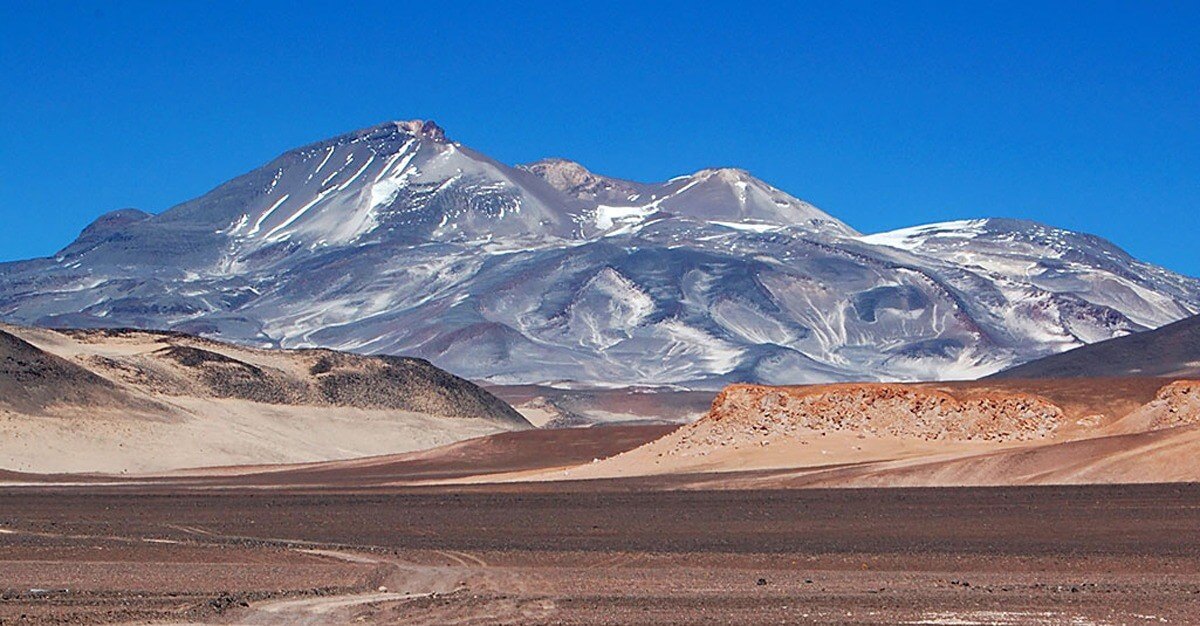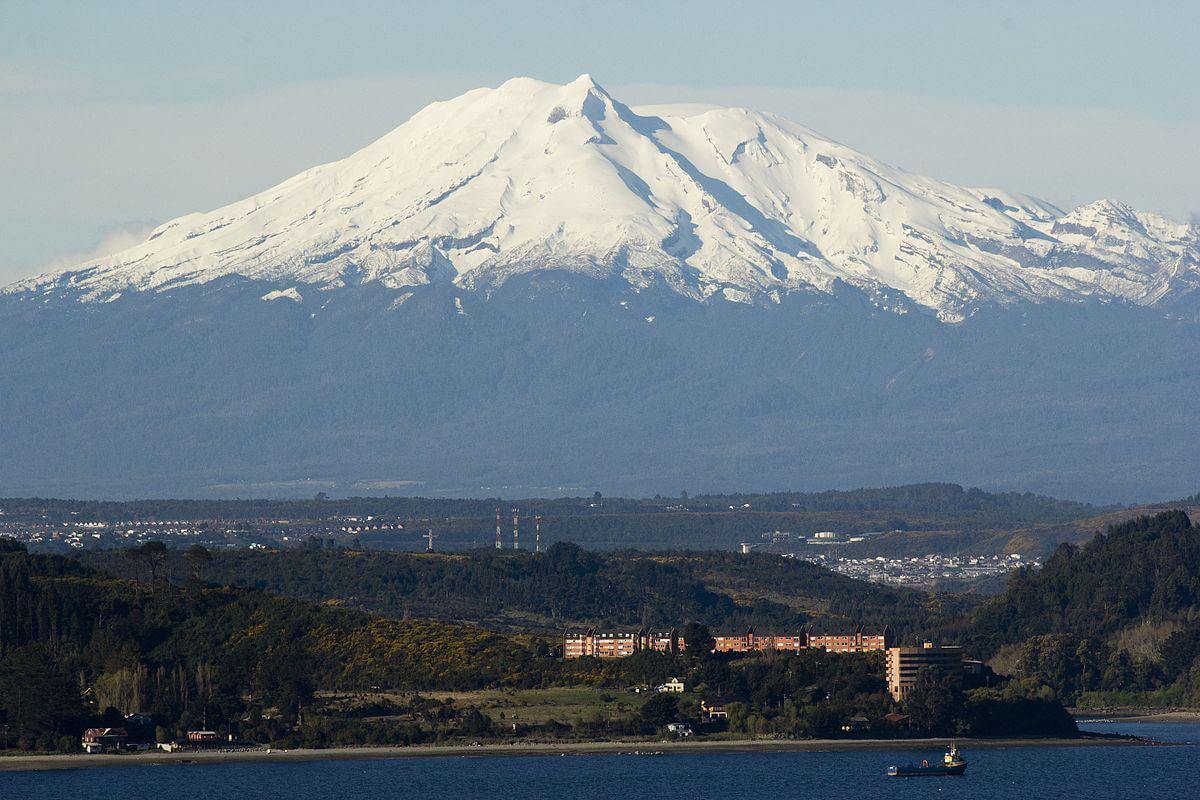
- Home
- Expat Guide
- Life in Chile
- Natural risks in Chile
16/12/2018, updated 15/06/2023

Moving to Chile soon? Read this...
Since 2016, expat.cl has been maintaining this free online guide about Chile for foreigners, which takes a lot of time. Unfortunately, search engines now use this content to provide AI-generated answers. Therefore, our most up-to-date content is now only available in the Chile Handbook for Foreigners. Articles on this guide will still be updated, but less frequently.
DOWNLOAD TODAYGiven the geographical situation of Chile, the country is subject to many natural hazards: earthquakes, tsunamis, floods, fires, volcanic eruptions, risks related to the break-up of glaciers, etc.
However, do not panic because Chile and Chileans are well prepared for these risks, and if you follow the guidelines presented in this article, you should not have any problem.
Seismic risks and Earthquakes in Chile
Chile is one of the most seismically active countries in the world. Indeed, the country is located on the join between two tectonic plates and is part of the Pacific Ring of Fire. Since 2010, Chile has experienced three earthquakes of magnitude higher than 8 on the Richter scale (8.8 in 2010, 8.2 in 2014 and 8.3 in 2015). The country is well prepared for the event of an earthquake. A strict anti-seismic construction policy is in force throughout the country, which considerably reduces the number of collapses and casualties.
What to do in case of earthquake?
If you are inside a building:
- If it is an old building: go out and stay away from the building, which may collapse. Make sure nothing can fall on you.
- If it is a modern building: stay in the building, stay away from windows and any object / furniture that may fall on you. The best thing to do is to take shelter under a table or a solid bed, or in the frame of a door. In a building, do not take the elevators. Stairs are designed for evacuation in the event of a fire, but may not resist an earthquake (unlike the structure of the building). Avoid taking the stairs as long as the earth shakes.
- If you are in a public place: stay seated if you are at the cinema, stay away from the shelves if you are in a shop. Avoid crowd movements, which often cause casualties. Do not rush to the exit and do not take the elevator.
If you are outside:
- Stay outside and shelter in a clear place, away from buildings and the crowd.
- If you are driving: park your car in a safe place, away from buildings or bridges, and make sure you do not block the road. Stay inside your vehicle and listen to the radio to be aware of the instructions of local authorities.
Tips for parents
If you have children going to school, please read carefully:
- High schools and colleges all have earthquake and tsunami emergency plans.
- All these institutions meet anti-seismic standards which are far superior to your home, especially if it is old.
- Teachers and educational staff are trained to ensure the evacuation of children to the assembly point(s), to be able to count them and make sure that no one is missing.
- At the seaside, the risk of aftershocks or tsunami is high.
If your children are in school during a major earthquake, they are SAFER than at your side.
If you rush to school to pick up your children:
- You disturb the school evacuation plan and add to the confusion.
- You run the risk of a traffic accident.
- The school gate may be closed, to comply with the procedure in case of emergency.
If you are anxious to pick up your children and want to go anyway at school, do not pick up the children of your neighbor or your friend on the pretext of bringing them home, without permission and without having warned the parents. You do not know if parents are on their way to pick up their children. When in doubt, leave them under the responsibility of the school.
Tsunamis in Chile
Tsunamis are often caused by earthquakes and cause more casualties. For instance, the 2015 earthquake was followed by a tsunami. Chile has a text messaging alert service and sirens for tsunami warnings. The website www.onemi.cl keeps you informed and help you get prepared in case of a tsunami.
What to do in case of a tsunami?
If you are on the seashore and an earthquake has just occurred, head immediately further inland and shelter in an elevated place. If you notice that the sea is receding or the sea level is falling, do not wait for the tsunami warning, leave and stay away from the water's edge: you only have a few minutes left before a tsunami strikes the coast. If a tsunami warning is triggered, follow the evacuation signs and listen to the radio to know the authorities instructions.
Volcanic hazards in Chile
Chile has more than 2000 volcanoes, including the highest in the world, Ojos del Salado, which culminates at 6893m. About 500 are still active.

The last eruption occurred in 2015, when the Cabulco volcano erupted after 43 years without any activity.

Storms
Storms often come with torrential rains and can cause landslides. In 2015, Chile was hit by a storm, killing several people.
Floods
Heavy rainfalls can lead to floods and landslides. In February 2017, floods in Santiago have deprived 5 million Chileans of running water for several hours or several days depending on the area.
Fires
In summer, drought, strong winds and extreme temperatures favor fires and flame spread. In January 2017, fires ravaged central Chile.

Do you want to go more in detail?
I wrote the Chile Handbook for Foreigners for anyone and everyone looking to move permanently and enjoy life in Chile. It's a 265-page book that goes over all aspects of relocating to Chile. Here is what you get:
✅ Practical tips based on 7-year relocation experience
✅ To-do lists to help you start
✅ Last updated in 2024

